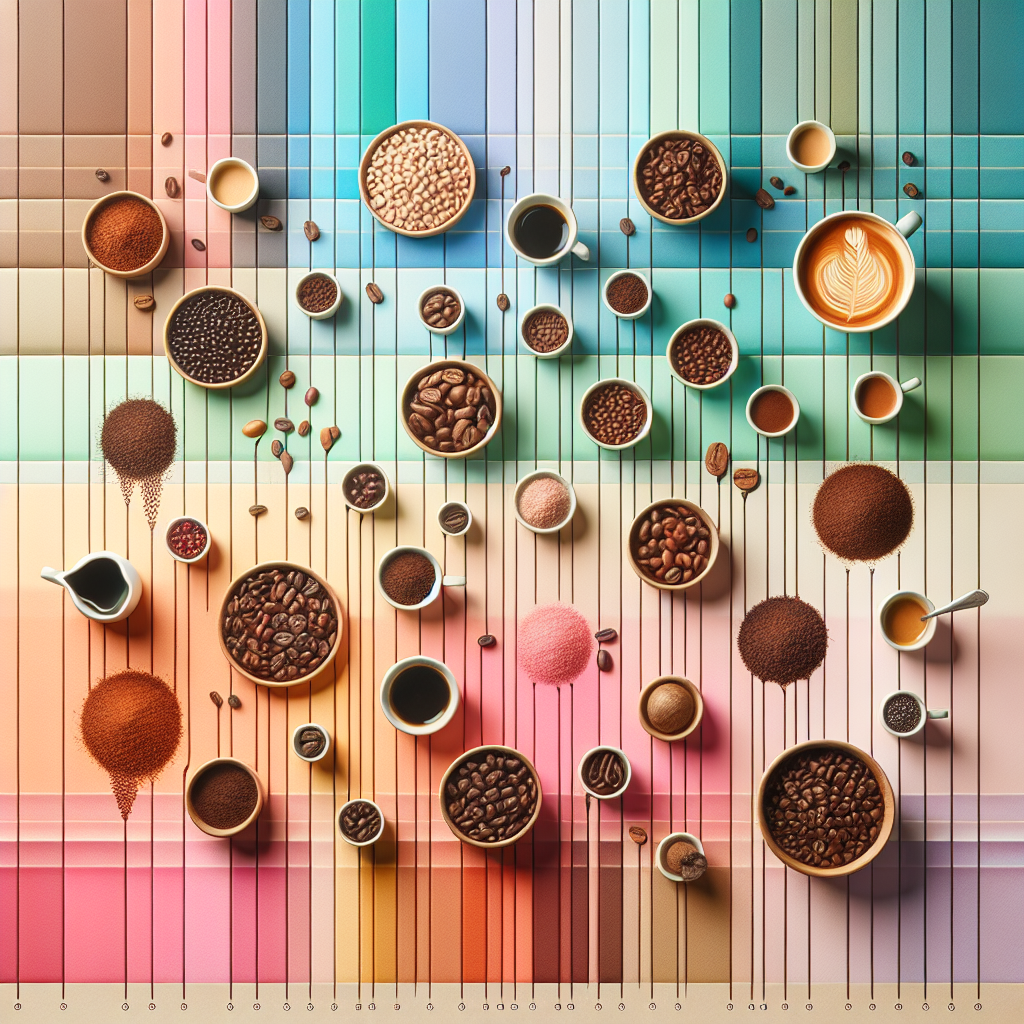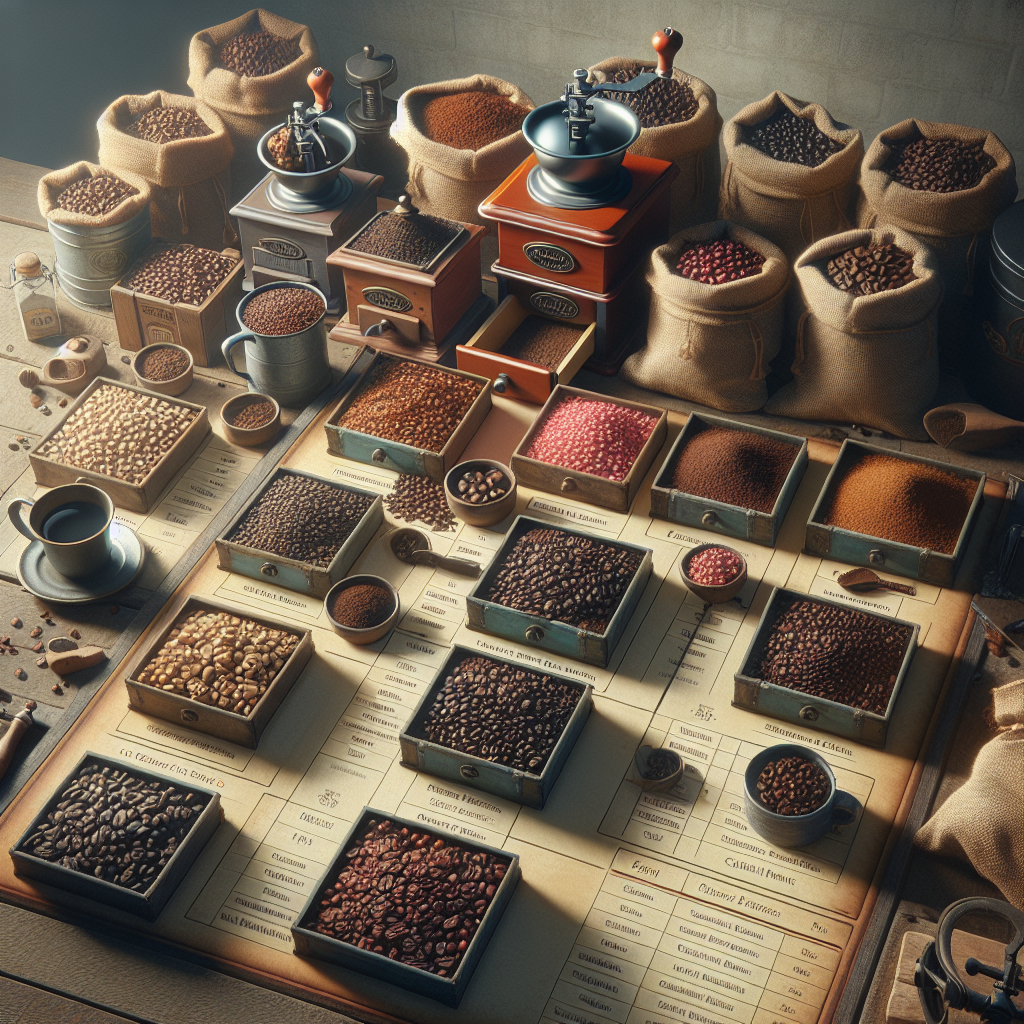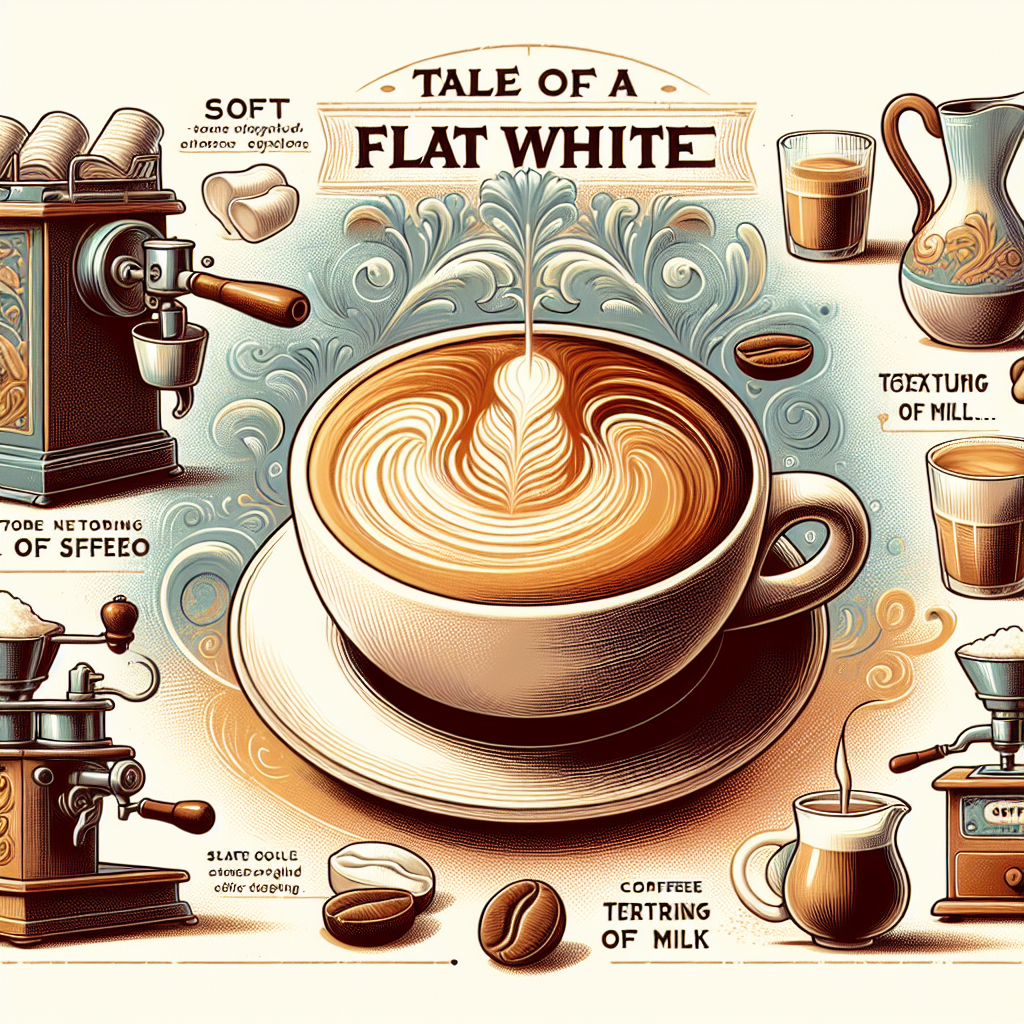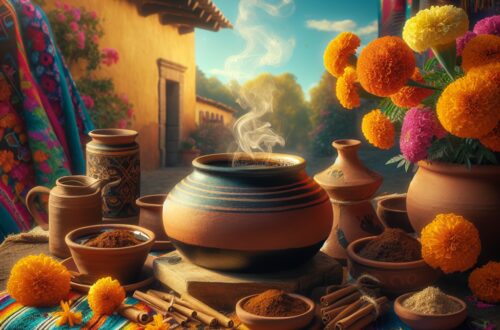Discover the Secret to the Perfect Cup of Espresso
As a seasoned coffee aficionado, I’ve spent countless hours experimenting with different espresso blends and single-origin beans to find the ones that truly captivate the palate. Through trial and error, I’ve learned that the secret to a phenomenal espresso lies in the very essence of the coffee bean. In this guide, I’ll share my personal insights and professional tips to help you navigate the exciting world of espresso bean selection.
The Quest for the Best Espresso Beans
Embarking on a journey to find the best espresso beans can be as thrilling as it is daunting. The options are endless, and each type of bean boasts its unique profile of flavors and aromas. Allow me to walk you through the process, beginning with the basics and moving on to more intricate details that will influence your ultimate choice.
What Makes a Bean Ideal for Espresso?
Before we delve into choosing espresso beans, it’s essential to understand what sets espresso apart from other coffee brewing methods. Espresso is a concentrated beverage, where every subtle nuance and flavor is magnified. Therefore, the beans used for espresso should have a balanced acidity, a full body, and a richness that can withstand the intensity of the extraction process.
Arabica vs. Robusta: The Great Bean Debate
The two main species of coffee beans are Arabica and Robusta, each bringing its distinctive qualities to the table. Arabica beans are known for their sweeter, more nuanced flavors and are often preferred for espresso. On the other hand, Robusta beans have a stronger, more assertive taste and a higher caffeine content, which can add a robust kick to your espresso blend.
Single-Origin or Blend?
When it comes to espresso, you can choose between a single-origin bean, which offers a specific taste characteristic of its geographic origin, or a blend, which combines beans from different origins to create a harmonious profile. Blends are typically crafted to achieve a specific flavor profile that is consistent and well-suited for espresso.
The Roast: Finding Your Perfect Match
The roast level can dramatically affect the taste of your espresso. Dark roasts generally produce a stronger, bolder espresso, often with hints of chocolate and caramel. Medium roasts, with their balanced acidity and body, can offer a more complex flavor profile. Light roasts are less common for espresso due to their higher acidity but can be a delightful choice for those who appreciate bright, fruit-forward notes.
Understanding the Role of Freshness
The freshness of your espresso beans is critical. Once roasted, coffee beans begin to lose their flavors and aromas over time. For the best experience, purchase beans that have been roasted within the past two weeks and store them properly in an airtight container away from light and heat.
Grind Size and Preparation
Even the best espresso beans need the right grind size to excel. A fine grind is typically used for espresso because it creates the necessary resistance to water, resulting in a rich extraction. Remember to grind your coffee just before brewing to preserve its full flavor potential.
Your Palate is Your Best Guide
At the end of the day, the true judge of the best espresso bean is your own palate. Don’t be afraid to experiment with different beans, roasts, and blends. Take note of the flavors that resonate with you and the characteristics that excite your taste buds. Your perfect espresso may be just one more shot away!
Conclusion
In the quest for the ideal espresso, remember that each step—from selecting the right beans to the final pull of the shot—is a part of the craft. Embrace the journey of taste exploration, and let this guide assist you in unlocking the multitude of flavors that espresso has to offer. After all, every espresso enthusiast’s path is unique, and that’s the true beauty of coffee.
Shop at Breville now!
https://breville.oie8.net/oqDqrE





